A second contribution from my 1:32 aircraft collection, a Wingnut Wing German LVG C.VI. LVG (Luft-Verkehrs-Gesellschaft) Air transport society spent much of the Great War license building aircraft from more successful companies, like Albatros and Gotha. The first successful LVG design was the LVG C.V in early 1917. The C.VI was a lighter and improved model and arrived in February 1918.
The C.VI was highly regarded for its respectable climb rate, speed and maneuverability.
The really interesting feature about late WW I German aircraft, besides the plywood fuselage, was the so-called Lozenge camouflage on the fabric covered wings.
Equipped with a Mercedes Benz Bz. IV engine, the C.VI was used as reconnaissancs aircraft, artillery observer and light bomber.
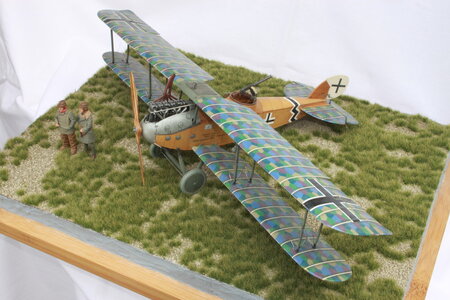


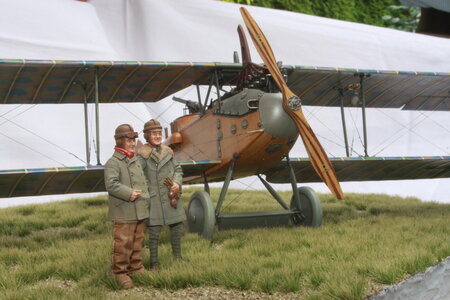
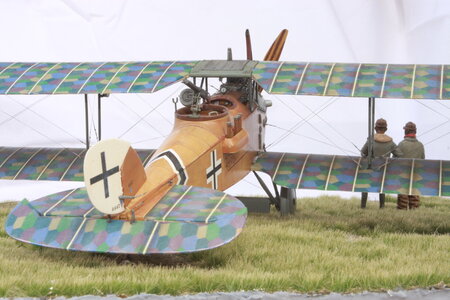


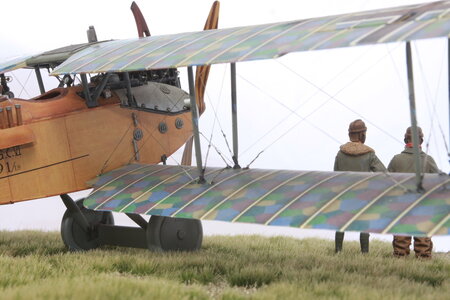

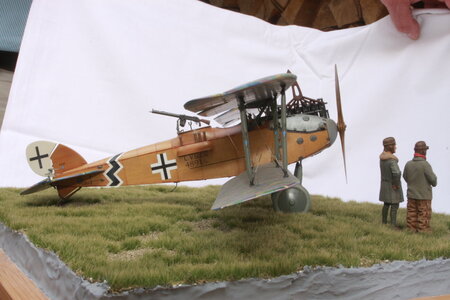
The C.VI was highly regarded for its respectable climb rate, speed and maneuverability.
The really interesting feature about late WW I German aircraft, besides the plywood fuselage, was the so-called Lozenge camouflage on the fabric covered wings.
Equipped with a Mercedes Benz Bz. IV engine, the C.VI was used as reconnaissancs aircraft, artillery observer and light bomber.


















